Agronomy: Soybeans Faced Challenges in 2015
Soybean harvest is done for 2015! It was a challenging year for soybeans: too wet early, dry later in the summer, little or no rain during grain fill and then soybeans seemed to mature too quickly with such a warm fall. Some growers would say they are glad this year is over! Picking and choosing varieties in my area will be tough next year. The Group 3 soybeans outyielded the Group 2 soybeans and ripened almost at the same time. I believe it was because of the hot, dry September that we experienced. I believe many growers would share [...]
Agronomy: Late October Wheat Planting
Will planting wheat late affect the yield of wheat and profitability of the wheat double-crop enterprise? Not necessarily. With the later-than-normal planting this spring, a lot of soybeans will be harvested later than normal. And this means planting wheat later in the planting window than a lot of us like. However, do not be discouraged as the days of the calendar roll on, just be prepared to adjust your wheat seeding management as we approach November. As November nears consider increasing seeding rates by as much as 20 to 30% when seeding is delayed. Higher seeding rates are also [...]
Disease Management: Fall – Time to Sample for SCN
Of all the diseases that can impact soybeans, the most common still is soybean cyst nematode (SCN). This small roundworm is very common in Illinois and often slightly robs yield without growers noticing any symptoms. So it is good to check every so often to determine the size of the population in the soil, if it’s changing and if you need to take action. Fall is the best time to sample for SCN. Samples can be collected from fields that will be planted to soybeans in 2016 or in fields where soybeans were just harvested, particularly if yields were [...]
Agronomy: Q&A: Soybean Seeding Rate & Decrease in Lower Pods
Q: In soybeans, what would cause plants to pod extremely high off the ground, for example, not producing any pods on the bottom five nodes? It's occurring throughout a rainfed field planted in 15-inch rows at 180,000 plants per acre the last week of April. A: Jim Specht, UNL Emeritus Professor of Agronomy: High plant populations can result in very intensive plant-to-plant competition within the row. This year, because of high rainfall and little water stress, even rainfed fields are generating 60 bu/ac yields. However, when you have lush moisture conditions, you will also have lush large leaves on [...]
Agronomy: Soybean Selection 101
As a grower some of the most important decisions you make are the varieties you choose. Your quest for yield and profitability really begins with this decision, so it is important that you make the right choices. Maturity: First, let’s focus on soybean maturity. There are 13 soybean maturity groups available from Group 000 (Canada) to Group X (tropics). In Illinois, we focus in on groups II – V. Choosing the right maturity group is important because soybeans are photoperiod sensitive and some varieties have a sweet spot that will be better suited to your area’s soil types or [...]
Agronomy: Planning for Double-Crop Soybeans Starts Now
In spite of production-related challenges associated with the wheat/double-crop soybean system, favorable economics associated with two-crop rotation make it worthy of consideration for many operations. While budget information indicates the possibility of favorable returns, the overall competitiveness of the system hinges on maximizing returns from both crops, not just one of the two. It is interesting, however, that most of the information available to producers today is crop specific instead of a “systems approach” as with the double-crop rotation. To learn more about the possibility for improved profitability, University of Illinois 2016 budget projections are available on line at [...]
Weed Management: Wet Year = Weed Control Challenges
What to do when Mother Nature messes up your soybean weed control program … In spite of the most modern technology and best high-yield production practices, too much rain and/or rain at the wrong time made getting optimal weed control challenging if not impossible this year. Too little moisture can negatively impact the performance of soil applied residual herbicides by not activating them before weeds germinate and emerge. Too much moisture is a problem as well because the herbicide may be moved too deep into the soil to prevent shallow germinating seeds (like waterhemp) from growing. An even bigger [...]
Agronomy: Soybeans – Fall Fertility Plans
Growers are harvesting corn and soybeans and experiencing surprisingly good yields for a summer plagued by too much rain, too little rain and wacky weather. But as harvest rolls forward many growers are already thinking about how to prepare for 2017. Some growers will be planting cover crops if they haven’t already. Others will be doing fall tillage, and most will be applying fertilizer or lime. Historically, the trend has been to fertilize corn and soybeans at once, before the ‘more-valued’ corn crop. That left soybeans to scavenge for what remained (which might not be much). However, there is [...]
Agronomy: Soybean Cyst Nematode: A Big Problem That’s Getting Bigger
Soybean cyst nematode (SCN) is a devastating and yield-limiting pest of the soybean worldwide. Syngenta, as a pioneer in controlling this pathogen, offers their second SCN Education Series to help educate growers and retailers on the best practices for reducing damage and increasing soybean yields. Clariva Complete Beans seed treatment from Syngenta includes a revolutionary ingredient with a unique, direct mode of action that is lethal to soybean cyst nematodes, delivering immediate and long-lasting protection of plant root systems resulting in significant yield benefits. If you’ve done any reading on soybean cyst nematode (SCN), chances are very good that [...]
Weed Management: Water-hemp Popping Up
Water-hemp is becoming a real headache as a weed. Drive around the countryside in August, regardless of what state you’re in, and you can see water-hemp popping out of soybean fields. In the fields that remain clean all the way to harvest, I’m pretty certain that the grower is probably following a 3-prong approach to keep the population under control that includes: • Residual at planting • Tank mix at post application • Using different modes of action in the previous corn crop So why has water hemp become such an issue lately? I attribute it to three things: [...]

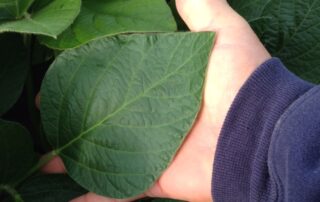
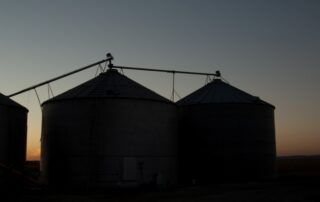

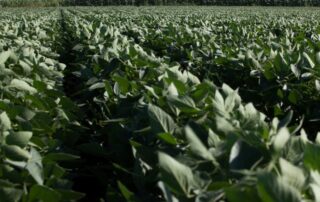
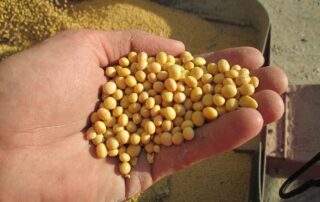
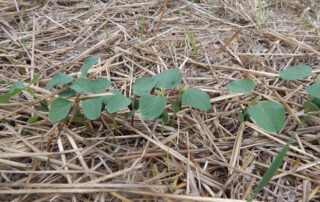
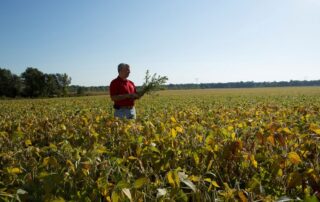
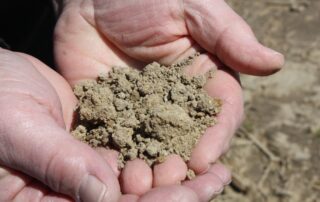
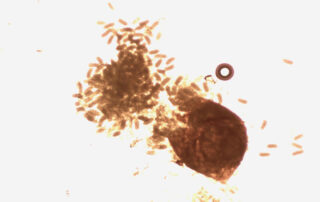
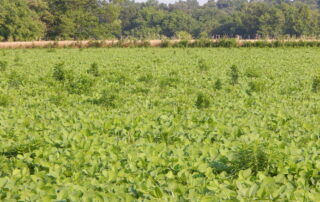

 and then
and then